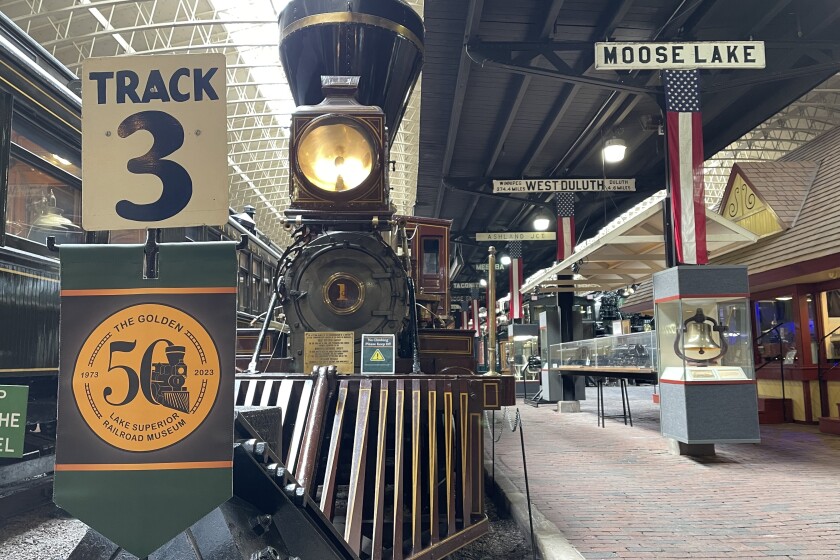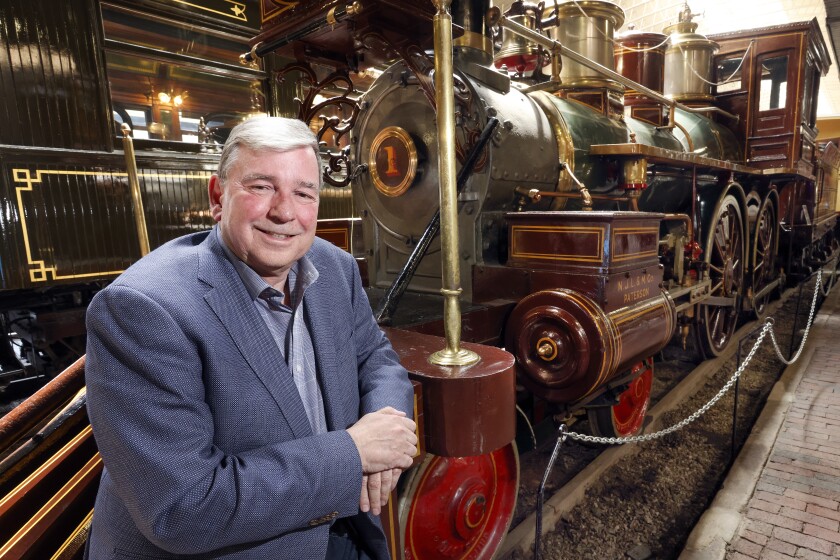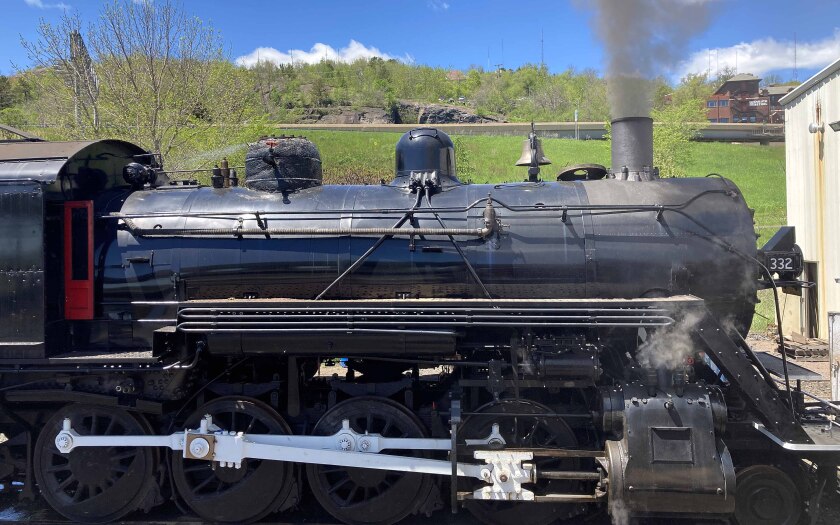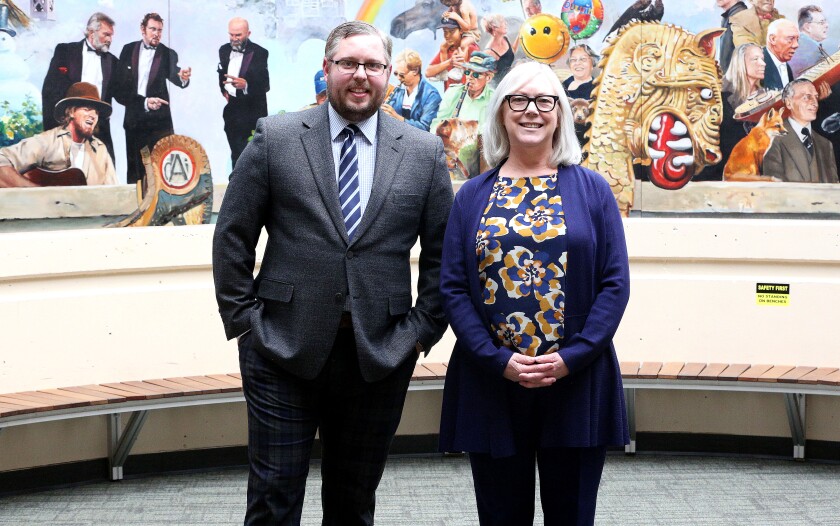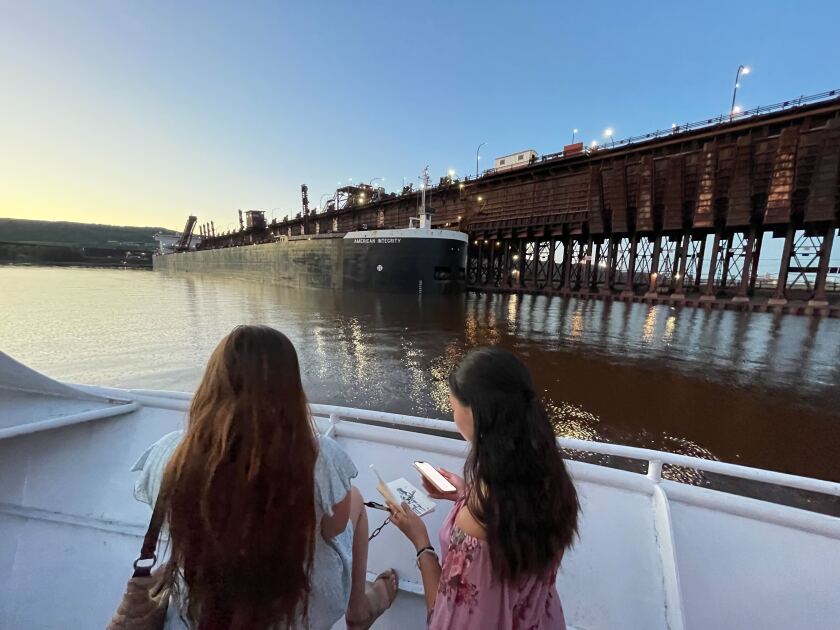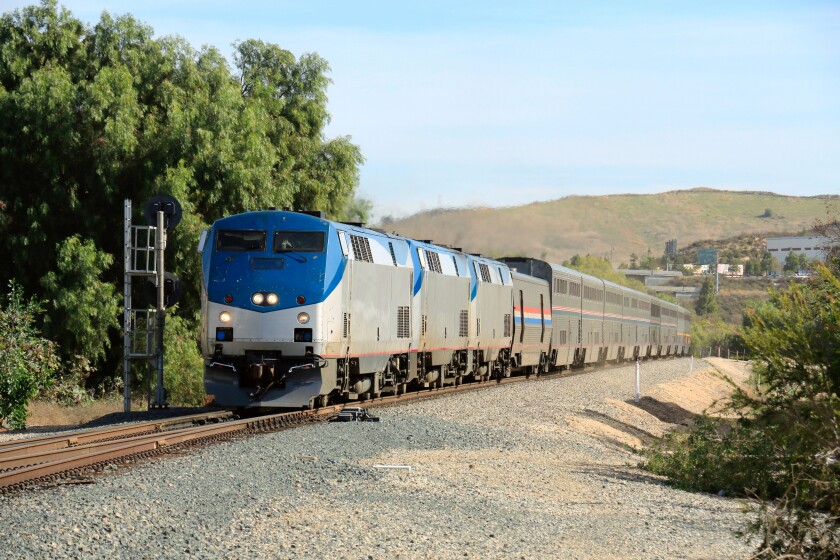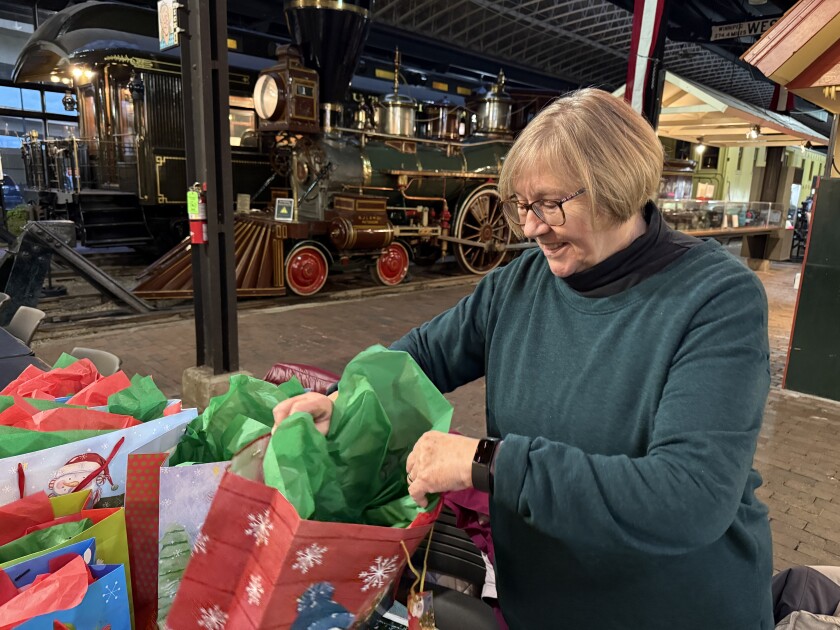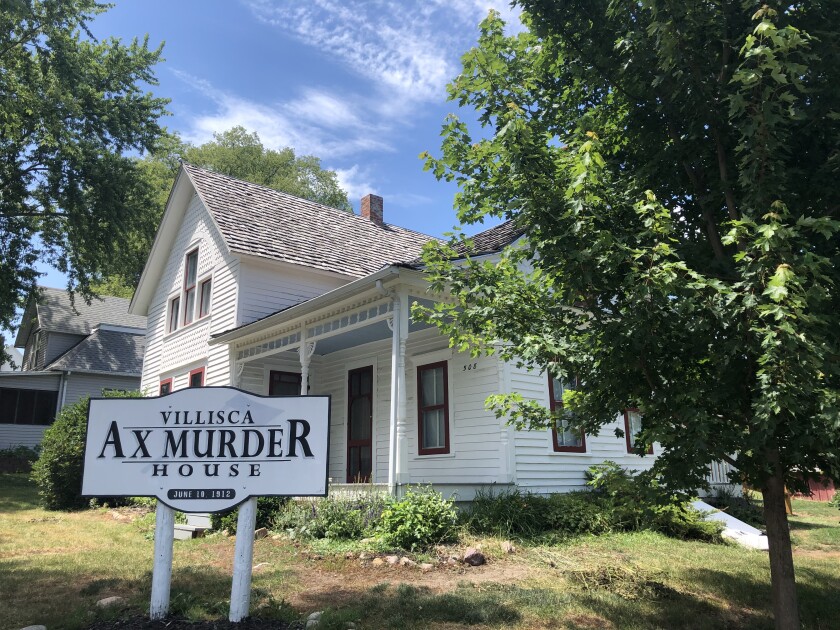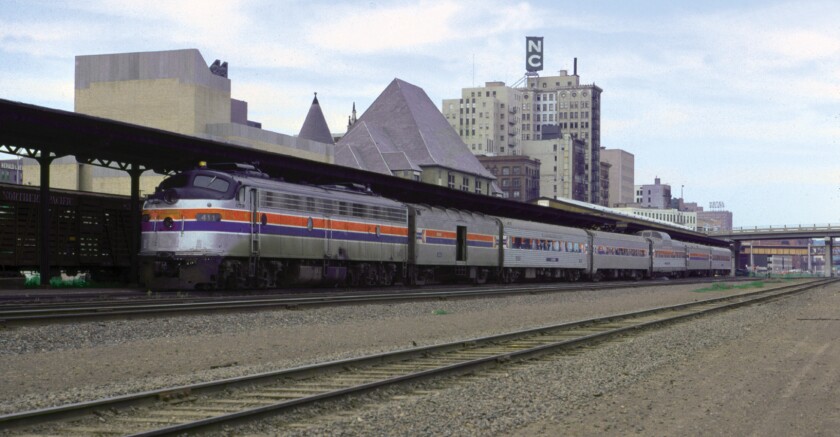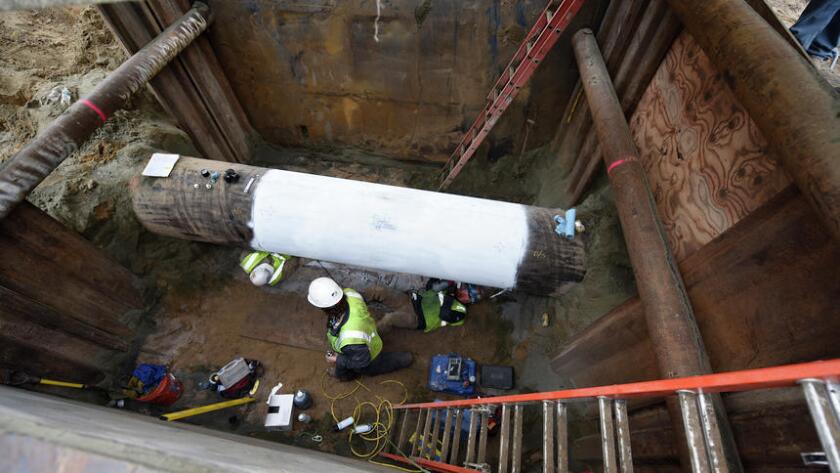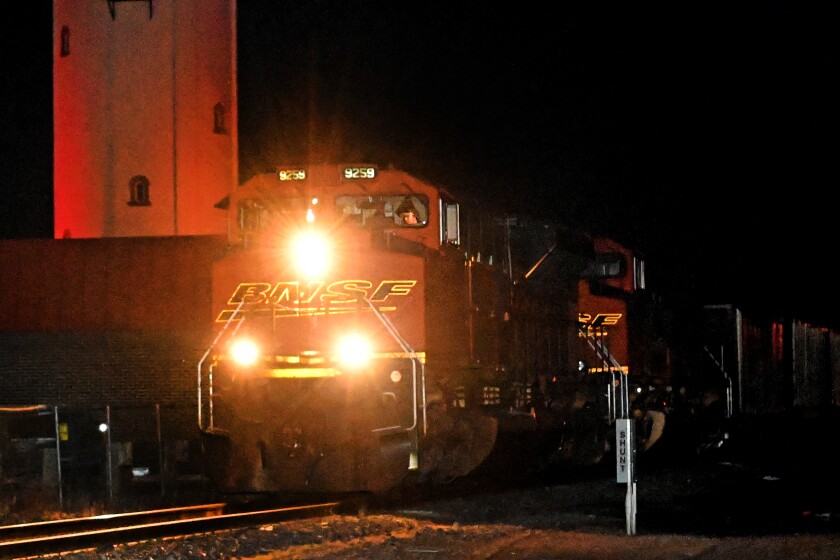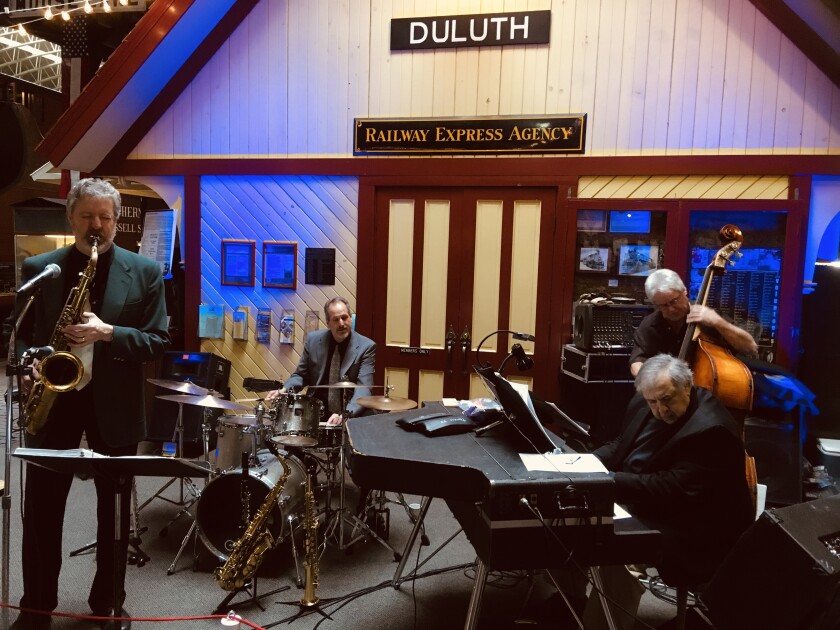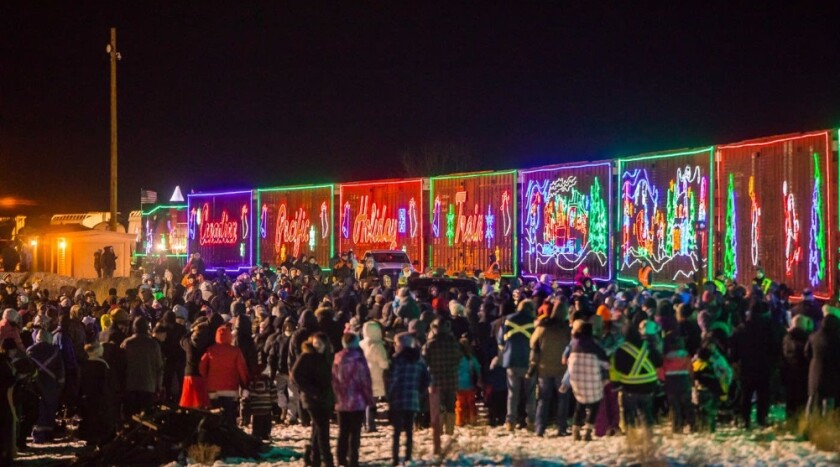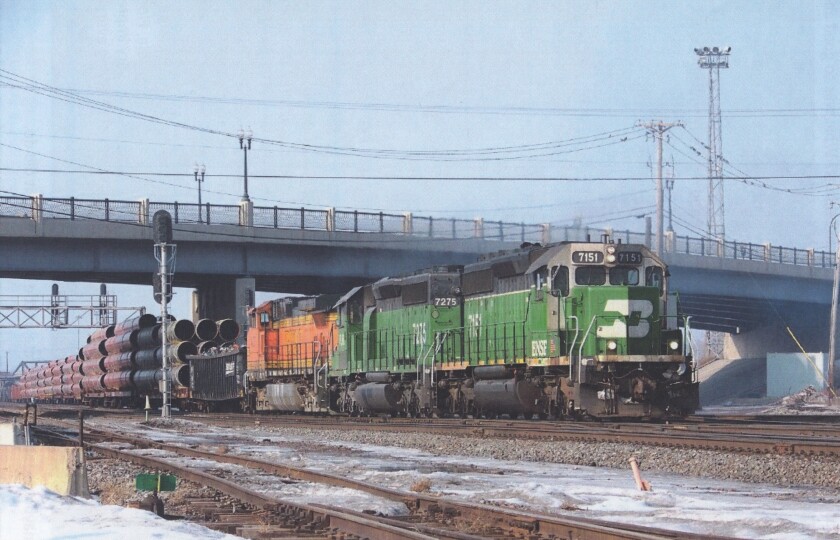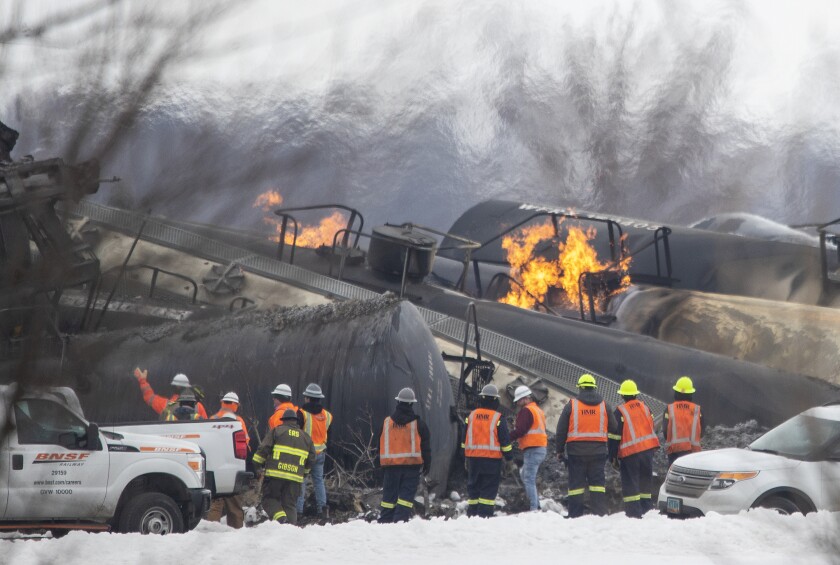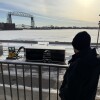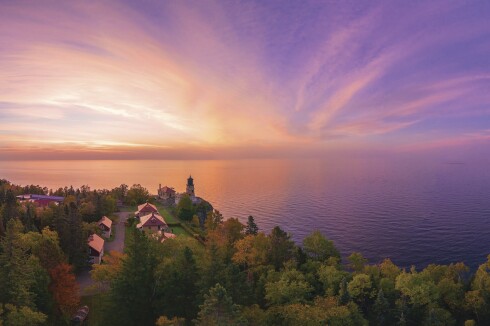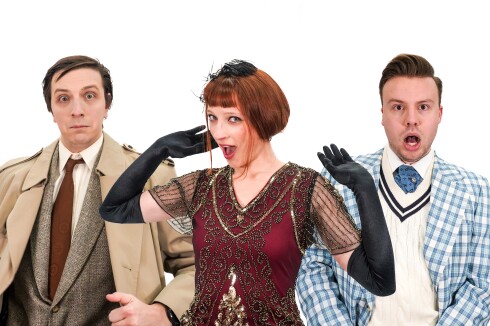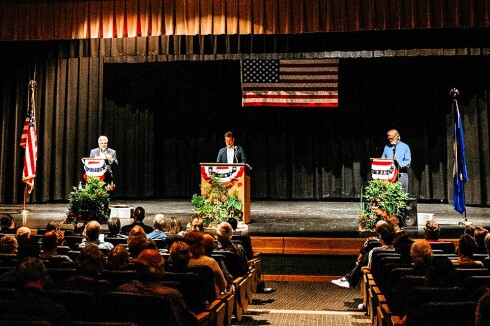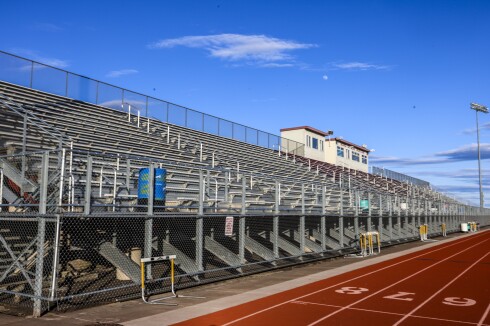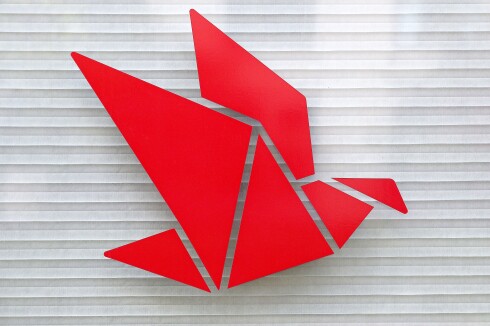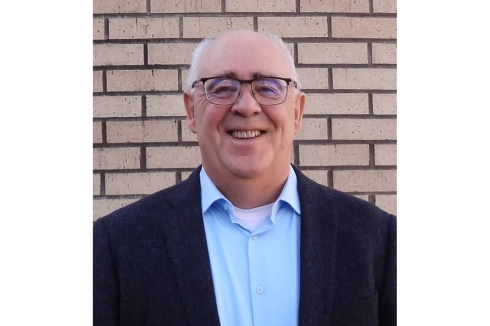DULUTH — Fifty years ago this week, when a group of local leaders convened to break ground for what would become an internationally recognized railroad museum, it wasn't even front-page news.
News Tribune readers who turned to Page 3 on March 20, 1973, found a range of short stories including a report that Central Hillside would soon become Duluth's first neighborhood wired for cable television. Next to that appeared a photo of six men, including then-Mayor Ben Boo and Lake Superior Museum of Transportation and Industry President Donald Shank, turning the museum's first shovel of dirt.
ADVERTISEMENT
Maybe the groundbreaking didn't seem like a big deal because there was already a building on the museum site. "The old Union Depot," as the photo caption identified it, had been in place since 1892 — but by 1973, it was no longer serving as a depot. The last train rolled out in 1969, and the building was at risk of demolition before being listed, in 1971, on the National Register of Historic Places.
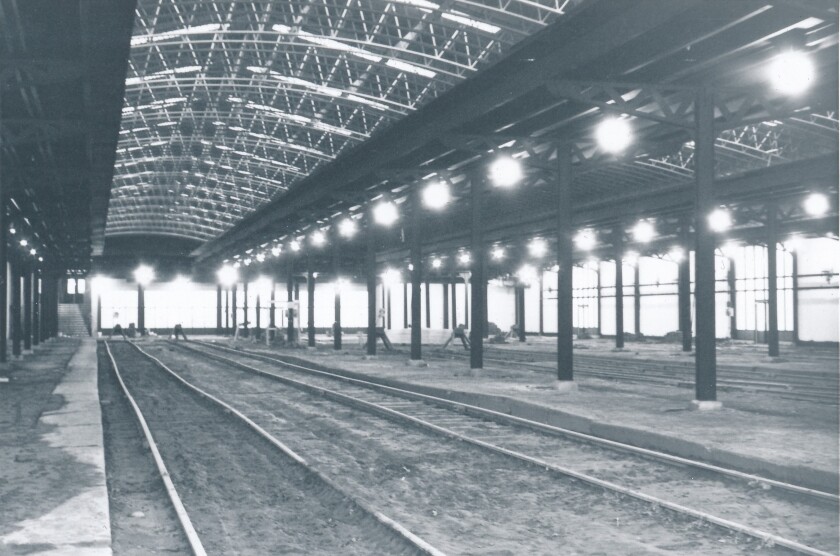
It would become today's St. Louis County Depot: an arts and cultural heritage center with what's now called the Lake Superior Railroad Museum at its heart as an enduring reminder of the building's original function.
"The summer of '75 was the first year that we were open officially," remembered Tom Gannon, who joined the museum as a volunteer while it was still under construction. "They asked me to be a supervisor of a group of tour guides that they decided to hire, and so that's how it all started."
As volunteer, then employee, then volunteer again, Gannon has been with the museum since it first opened its doors. "He's here four or five days a week," said executive director Ken Buehler, sitting with Gannon in the museum's offices last week. "We just don't pay him anymore."
It was Donald Shank, a longtime executive with the Duluth, Missabe, and Iron Range Railroad, who first had the vision of a railroad museum in the city. In 1960, as steam engines were being replaced by diesel, Shank had a powerful Yellowstone Mallet steam locomotive set aside in storage, chalked with the word "save."
When the museum finally became a reality, with a train shed constructed to enclose six tracks behind the Depot, Shank worked to build the collection. He called his friends at various railroads, said Buehler, and told them, "Find the oldest thing on the property, fix it, paint it, and send it to us."
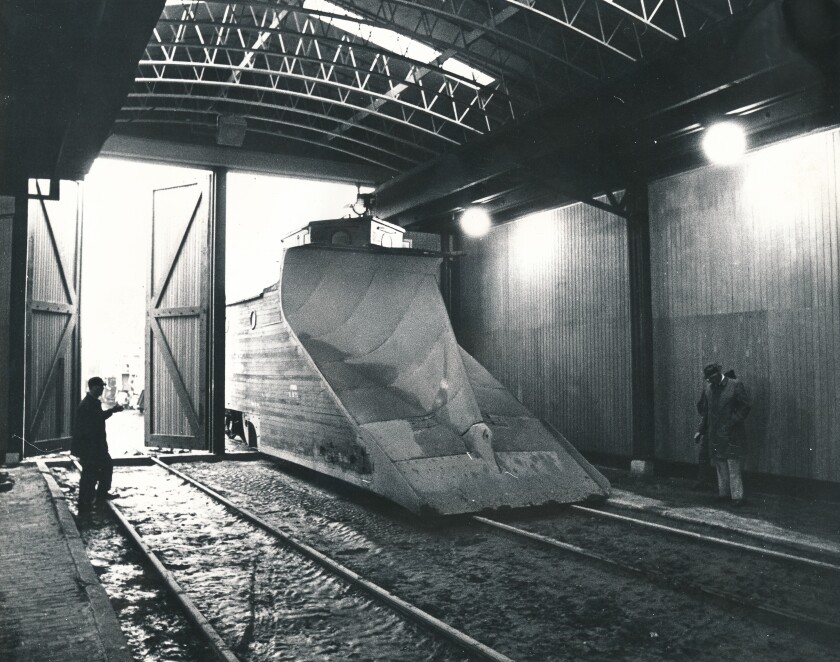
The result was a distinctly regional collection, one truly representative of Duluth's railroading history. "Except for two or three pieces," said Gannon, "it's all stuff that did run around here."
ADVERTISEMENT
No sooner had the museum opened than trains returned to the Depot. Amtrak, which began operations in 1971 as a government-subsidized effort to preserve passenger rail service, ran trains to Duluth from 1977-1985. The lobby built for Amtrak passengers serves today as the depot for North Shore Scenic Railroad passengers.
"It brought in business," remembered Gannon. "Especially on the weekends, you could just see them get off the train and more or less come right into the museum."
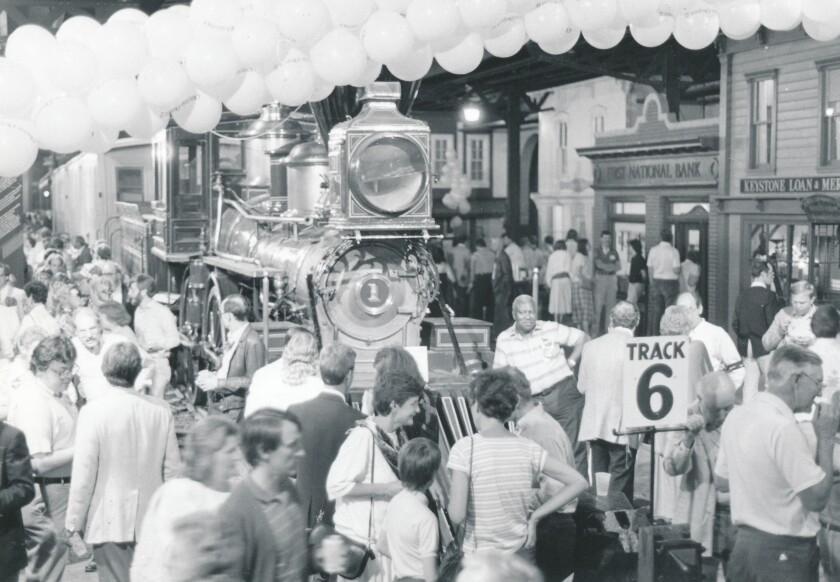
In the museum's early years, Duluth tourists' attention wasn't nearly as divided as it is today. "We were the only game in town, really," said Gannon about the museum's early years.
When the museum opened, Glensheen was still a private home, there was no Lakewalk, and Bayfront Festival Park — an area then known as Bayfront Landing — was a decade away from hosting the kind of events it does today.
"There was no (William A.) Irvin, there was no Great Lakes Aquarium," said Buehler. The Depot, with its railroad museum as well as exhibits from the Duluth Art Institute and St. Louis County Historical Society, became a cornerstone of Duluth's burgeoning tourist economy.
While visitors all have their own favorite destinations — the Yellowstone Mallet locomotive with its moving wheels, the rare rotary snowplow, the model trains, the China car, the mail car — it's the sum total of the museum's peerless collection that keeps people coming back, said Gannon.
"It's just the overall effect of seeing all the different kinds of things that make up railroading," Gannon said. "You get a hands-on chance to get close to things that the average person (doesn't). Especially after the '70s and '80s, being close to anything railroad-y just doesn't happen."
ADVERTISEMENT
Gannon was a key staffer during the construction of Depot Square: the storefront replicas lining the museum's interior. That task, completed in 1982, took some improvisation.
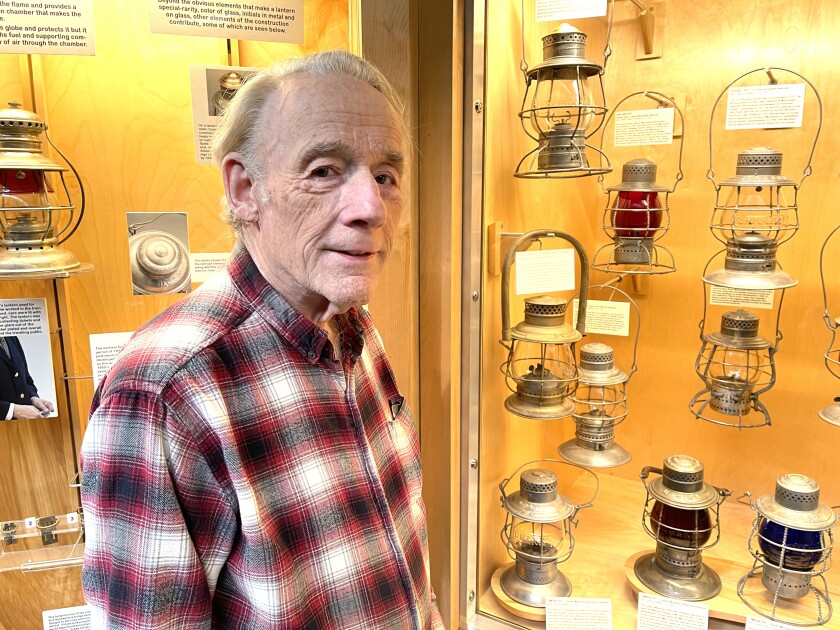
"Some of the buildings out there are (seemingly) brick, and (only) one actually is brick. We talked the bricklayers' union into coming out and doing it, and that's the ice cream store," said Gannon. The rest of the brick exteriors were simulated using layers of stucco. "You find out what's possible, I guess, and then you do it."
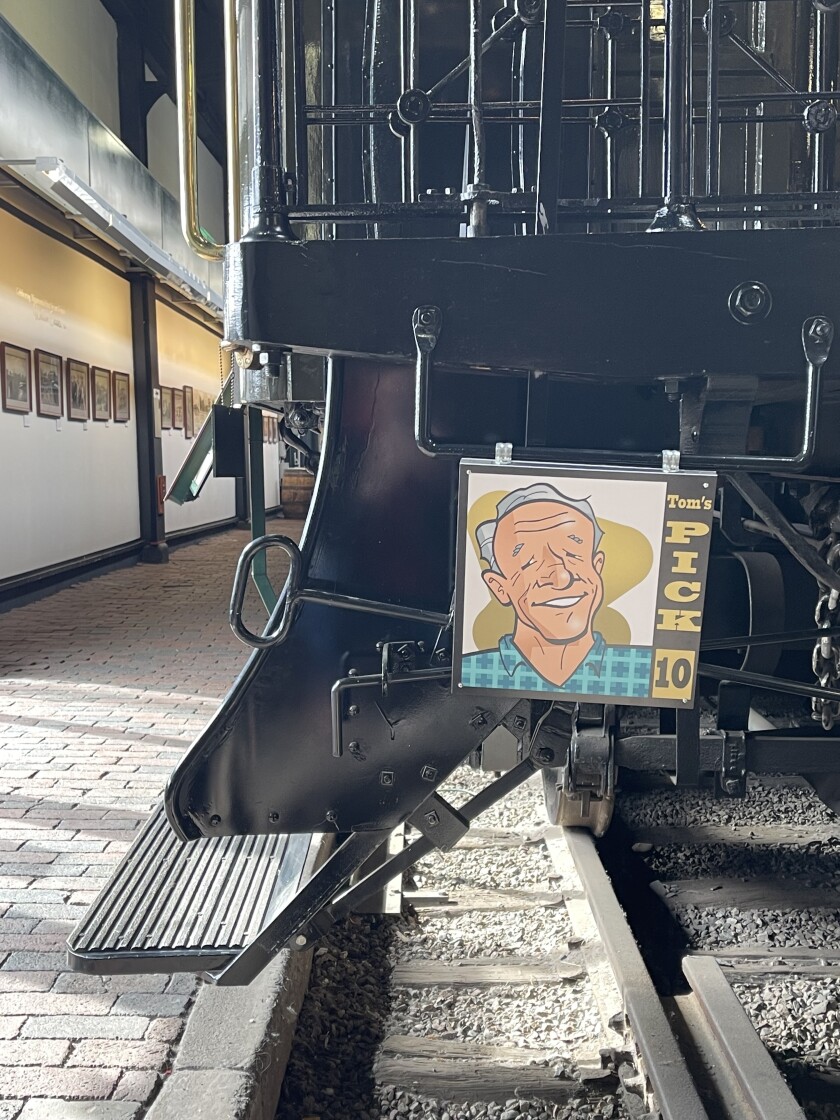
The railroad equipment restorations have also required extensive, painstaking labor. Gannon's biggest project was the 19th century passenger car Missabe, which took 14 years to restore. "The roof was in real bad shape," said Gannon.
"Tom is being modest," said Buehler. "The roof was gone. So he rebuilds the roof, rebuilds the arch over the platform ... he rebuilds it as if it was being built in 1892."
For some interior supports that had rotted, said Buehler, Gannon built new supports but laid them next to the partially decayed original pieces to preserve as much of the car's history as possible. "You'll never see it," explained Buehler, "but Tom knows the rotten piece is still under there."
An army of volunteers support the museum's equipment upkeep, as well as the scenic railroad operations. "We've been able to do so much more in restoration, so much more in acquisition, and so much more in the museum," said Buehler, "because of the volunteers who work on the railroad and the volunteers in the (maintenance facility)."
A substantial number of the museum's historic railway vehicles are still in operation, used for passenger service on the North Shore Scenic Railroad. Founded after the Amtrak era as an independent operation, the scenic railroad eventually came under joint management with the museum.
ADVERTISEMENT
While scenic railroad excursions are typically powered by diesel engines, the fact that steam locomotives are even occasionally used is remarkable, said museum historian Dave Schauer, who started volunteering as a teenager in the late 1970s and later became an employee.
"Interpretive steam locomotives are extremely rare," said Schauer. "We can actually offer a live working steam locomotive to show individuals what it was like in the steam era."
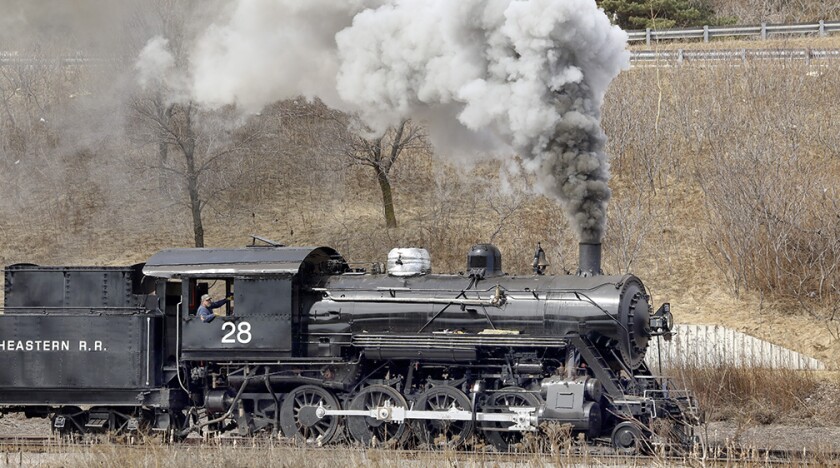
Buehler first came to the museum as a volunteer marketing manager for the scenic railroad in 1999; a few years later, he was named executive director. Under his management, the museum has recovered from a wobbly financial situation and debuted a range of different specialty excursions while continuing to develop its equipment collection.
Today, the scenic railroad is a key revenue engine, so to speak, for the museum. The business environment will shift, though, if the Northern Lights Express is completed, restoring passenger rail service between Duluth and Minneapolis-St. Paul.
"If you ride a train up from the Twin Cities to visit Duluth, you're not going to immediately hop on another train and go up to Two Harbors," said Schauer.
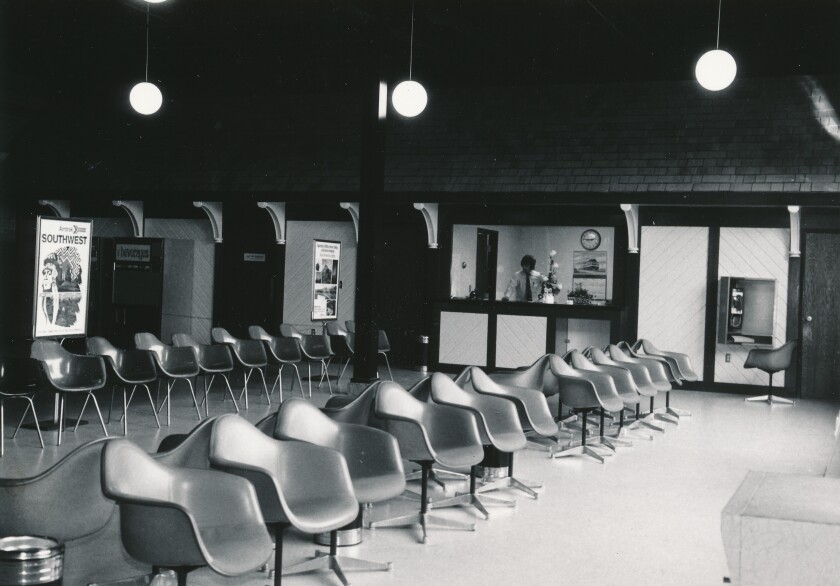
Still, Buehler has been a leading advocate for the restored passenger line, and has posited a "pipe dream" that someday Minneapolis residents might be able to ride a series of trains straight from their own neighborhood to the ski hills of Biwabik.
"I don't think individuals in Duluth understand," said Schauer, who saw the benefits of Amtrak service firsthand, "just how important (it is) having that rail connection from where the money is in this state, the Twin Cities, to Duluth."
ADVERTISEMENT
Interpretive steam locomotives are extremely rare. We can actually offer a live working steam locomotive to show individuals what it was like in the steam era.
Gannon reflected on the museum's early years, when some visitors remembered the years of going "everywhere on the train," riding across the country as a routine mode of transportation. "They were in the senior citizen class at that point ... there's very little remembrance of that kind of activity."
It would be fitting, in that sense, if passenger rail service returned to a structure that was preserved due in no small part to the passion of railroading fans who advocated for it to be saved as a monument to the railroading history of this city, region and country.
"At the time everybody was looking at urban renewal, which meant, get rid of the old, build the new," said Schauer. "Fortunately, these individuals had the foresight to say, 'Hey, I can see a railroad museum here. It can be an attraction for the city of Duluth, a gem.'"
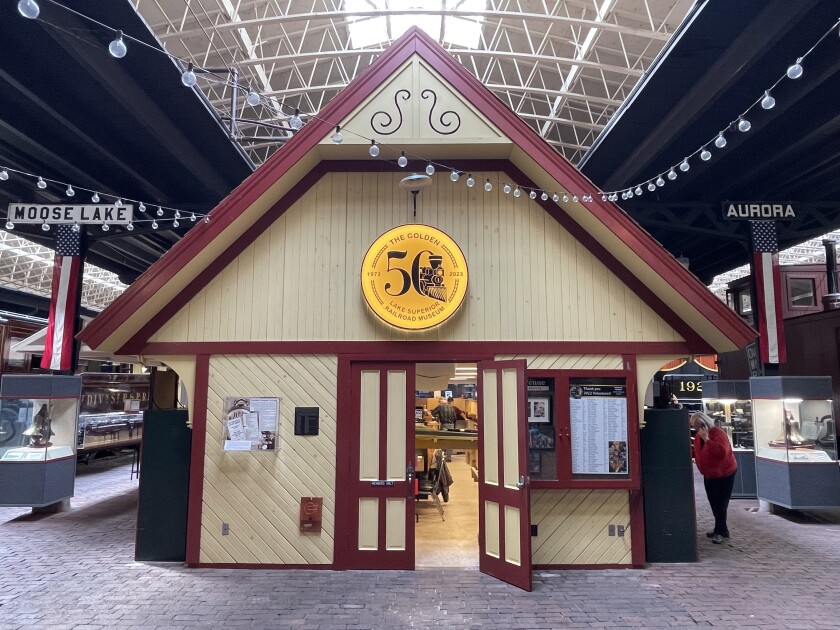
Celebratory signage is already in place at the railroad museum, which is planning an anniversary exhibit and a series of events to mark the banner year. The museum's 50th anniversary, and with it the anniversary of the Depot overall as an arts and cultural heritage center, comes at a pivotal time for the historic venue.
St. Louis County hired Mary Tennis in 2019 as the Depot's first executive director, and subsequently initiated a request-for-proposal process requiring tenants to apply, or reapply, for their space. The Duluth Playhouse subsequently decamped to the NorShor Theatre, with the Duluth Superior Symphony Orchestra and Minnesota Ballet taking over the Depot's performance spaces.
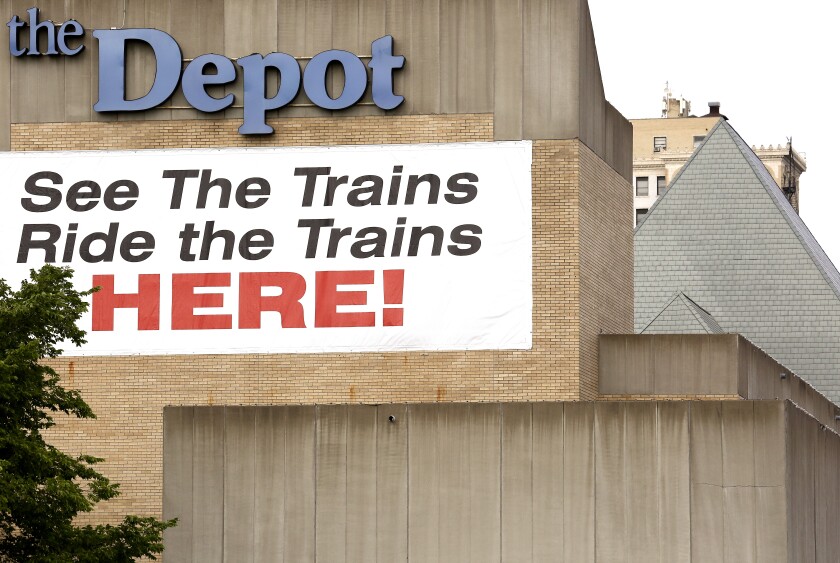
The Depot is also making a new marketing push to raise its visibility among Duluth's now numerous entertainment and recreation spaces. For Buehler, the Lake Superior Railroad Museum has always found its purpose as part of the wide-ranging group of organizations that call the Depot home.
The museum's founders "had a vision that certainly revolved around the train museum, because they were all railroad enthusiasts," said Buehler. "But they looked outside of that ... and thought of a broader, bigger picture. I still see that for this building. It's a world-class railroad museum that supports arts, culture and history."
ADVERTISEMENT
In that respect, Buehler continued, "this is the epicenter. And I want to see that continue to grow over the next 50 years."
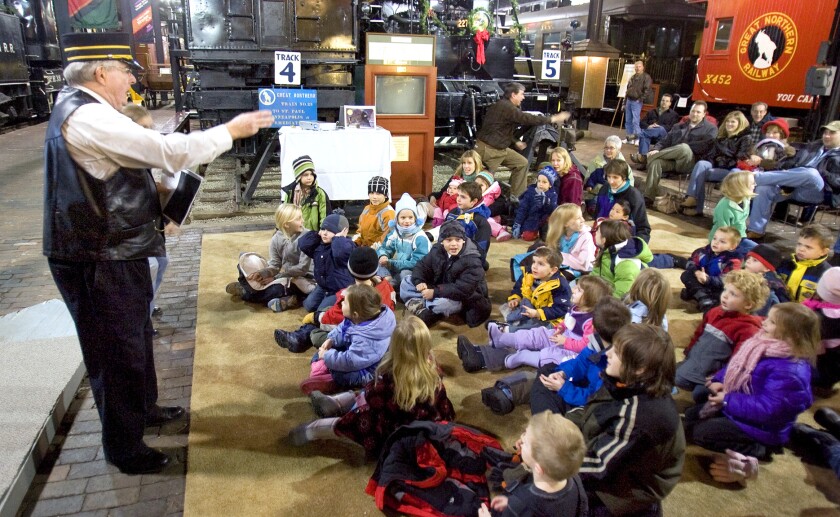
Lake Superior Railroad Museum 50th anniversary events
- April 11: Slideshow on the museum's history, with Dave Schauer and Tim Schandel
- April 20: New signal exhibit opens
- May 19: Annual members dinner, and dedication of a 50th anniversary exhibit
- Sept. 9: 50th anniversary gala
This is a selected list. For more events, and updated information, see lsrm.org.

